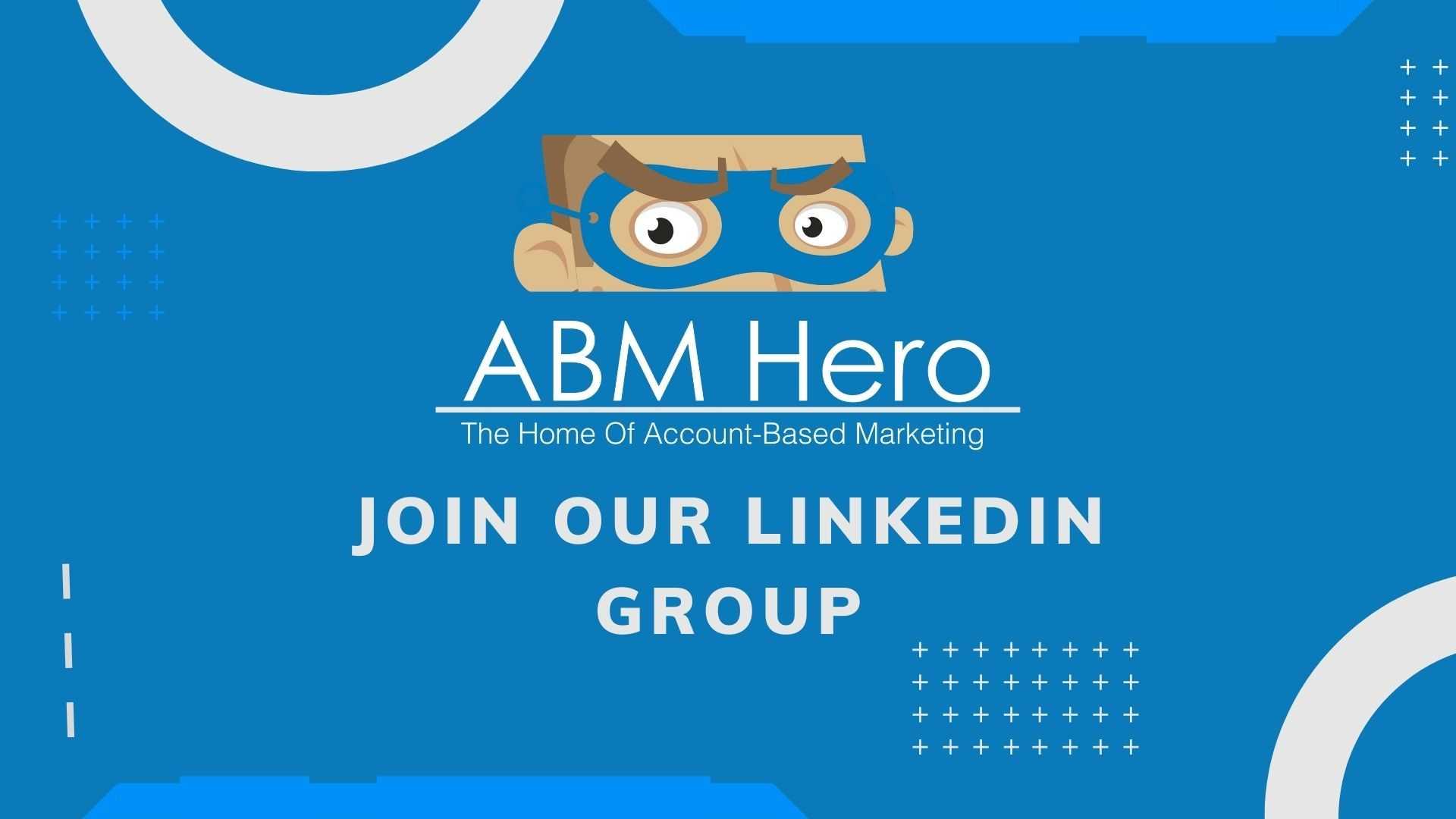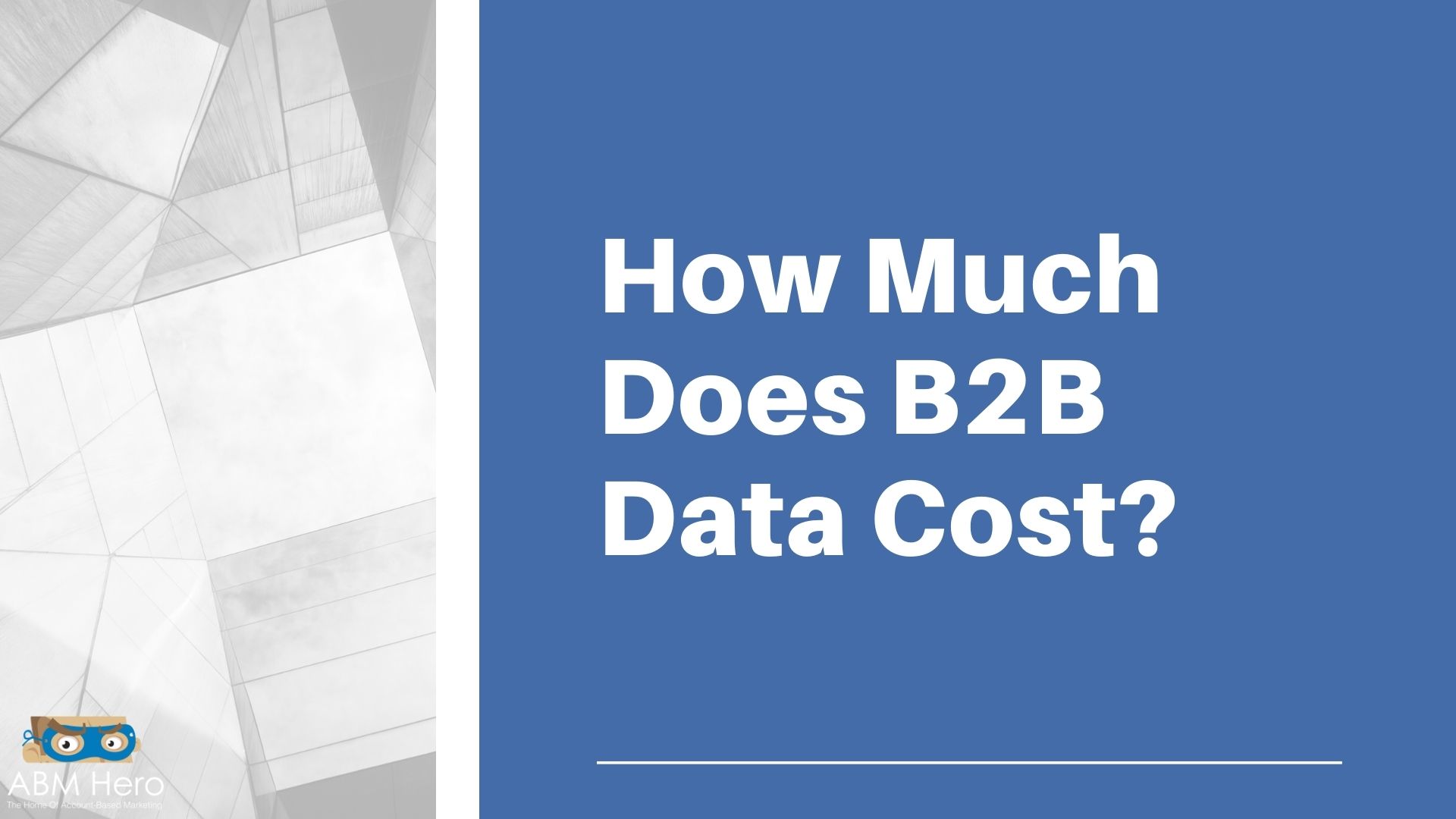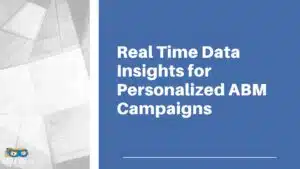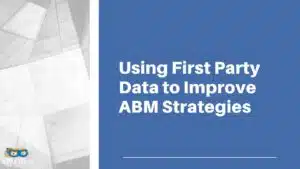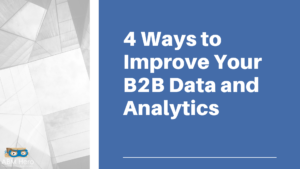B2B data can help you target your account-based marketing campaign to specific accounts which more likely to be interested in your product or service.
It can help you save time and money by not wasting resources attempting to reach accounts that are not a good fit.
Additionally, B2B data can help you customize your messages to specific accounts and increase your chances of success. Data is critical for any business looking to scale and be competitive. Yet, the cost of data can quickly add up.
This article will help you know how much does B2B data cost and how you can effectively make use of it.
What is B2B Data?
A b2b data is a type of data collected from businesses to help other businesses to improve their performances.
This data can come in many different forms, including information on sales, marketing, and customer service.
By understanding how other businesses operate, b2b data can help businesses learn what works and what doesn’t and ultimately make better decisions resulting in improved performance.
Types of B2B Data
There are several common forms of data used in business-to-business (B2B) transactions including customer data, product data, pricing data, and shipping data.
Customer Data
Customer data is applied to track information about the individuals or organizations that purchase products or services from a company. This data can include contact information, purchase history, and other relevant details.
Product Data
Product data is applied to track information about the items that a company is selling. This data can include descriptions, photos, pricing information, and more.
Pricing Data
Pricing data is applied to track the cost of products and services. This data can include wholesale prices, retail prices, and discounts.
Shipping Data
When we talk about shipping data in a business-to-business context, we are referring to the various information and documentation that is exchanged between two companies about the shipment of goods.
This can include things like purchase orders, invoices, packing lists, and other similar documents. Likewise, the shipping data may also include information about the route that the goods will take, the estimated time of arrival, and any special instructions that need to be followed.
There are several reasons why a business owner might want to consider purchasing B2B data for account-based marketing.
For one, this data can provide valuable insights into the purchasing habits of other businesses, which can help the owner to better understand the needs of their valued customers.
Not to mention, B2B data help to identify potential new customers and develop targeted marketing campaigns that are more likely to result in sales.
In conclusion, B2B data also help to track the performance of sales and marketing efforts and identify areas where improvements can be possibly made.
Factors Affecting the Cost of B2B Data
A few key factors affect the price of b2b data and these factors tell you what are the necessary factors you should consider when looking for a B2B data.
Data Quality
The first is the quality of the data. This is important because businesses need accurate data in order to make informed decisions.
Some factors contribute to poor B2B data. It may be old or outdated. It happens when businesses don’t keep their contact information up to date or when they move to new locations.
In any case, B2B data may be incomplete. It happens when businesses don’t provide all the information that is requested, or when data is lost or corrupted.
A B2B data may be inaccurate. It happens when businesses provide incorrect information, or when data is entered mistakenly.
Lastly, B2B data may be unorganized. It happens when businesses don’t keep their data arranged, or when data is stored in multiple places.
Data Quantity
The second factor is the quantity of data. It is significant as businesses need a large enough dataset to be able to find trends and patterns.
To infer a pattern or trend from a large pool of B2B data, you will need to have a strong understanding of the data you are working with.
It means that you will need to be able to identify relevant data points and make connections between them.
In addition, you will need to be able to identify any outliers or unusual data points that could impact your analysis.
With a strong understanding of the data, you will be able to make accurate inferences about patterns and trends.
Data Timeliness
The third factor is the timeliness of the data. It is important as businesses need up-to-date data to make decisions based on the most current information.
Data that is outdated or has not yet been updated on time can be less helpful for business purposes and may even be imprecise. Outdated data can also lead to missed opportunities, as businesses may make decisions based on old information. Timeliness is, therefore, an essential factor to consider when purchasing B2B data.
Data Source
The fourth factor is the source of the data. It is important as businesses need to be certain that the data comes from a reliable source.
One of the key reasons why B2B data is more expensive than other types of data is that it is generally crucial to acquire.
B2B data is held by businesses and organizations, which indicates that there are fewer sources of this data available.
Furthermore, B2B data is often more sensitive than other types of data, which implies that businesses and organizations are often reluctant to share it.
As a result, the pool of potential data sources is smaller, and the available data is often more expensive.
Data Format
The fifth and final factor is the format of the data. B2B data is often bought in bulk, making the format, a major factor to consider when making a purchase.
The most common formats for B2B data are CSV, XML, and JSON. CSV is the most basic format and is often the cheapest option.
XML is more complex and allows for more customization, but is also upscale. JSON is the most flexible format and is the most expensive.
How Much Do B2B Leads Cost?
B2B data costs vary depending on the type of data and where it is sourced from.
To give you an idea, purchasing data from a third-party provider can be more expensive than collecting it yourself. The quality of the data also affects the price, with more accurate and comprehensive data typically costing more.
There are a few different factors that affect the cost of B2B data. The first is the type of data.
More specific niche data is usually more expensive than general data. It is because there is less of it available and it can be more difficult to collect. The second factor is the source of the data.
Data from third-party providers is usually more expensive than data that you collect yourself. It is because providers have fewer tools and options to work with.
Lastly, remember that you also need to pay for the storage and maintenance of the data you collect.
According to a certain organization, a lead can typically cost 72-90 dollars high and t cost around $72, and on the low end, $33.
ZoomInfo, LinkedIn Sales Navigator, and other B2B data platforms sell b2b data by collecting it from a variety of sources, including business websites, social media, and other online sources. They then clean and organize the data, and sell it to businesses that want to use it for marketing, sales, and other purposes. All you need to do is to pay for a monthly subscription.
How to Maximize Your B2B Data
There is no one-size-fits-all answer to this question, as the best way to take advantage of b2b data will differ depending on the specific data that was purchased and the goals of the business. Nevertheless, some tips on how to make the most of b2b data include understanding what the data can tell you about your target market, using the data to create targeted marketing campaigns, and using the data to improve your sales and customer service strategies.
B2B data can be extremely expensive, and the cost varies depending on the quality and quantity of data that you need. Even so, it is possible to get high-quality B2B data for a reasonable price if you know how to make use of it.
